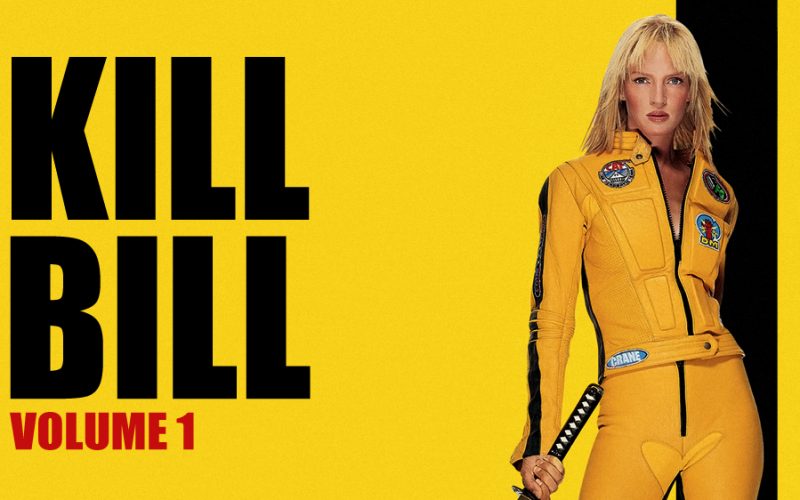Quentin Tarantino’s first 25 years, Part 4 – Kill Bill: Vol. 1 (2003).
“Revenge is a dish best served cold.” – Ancient Klingon Proverb
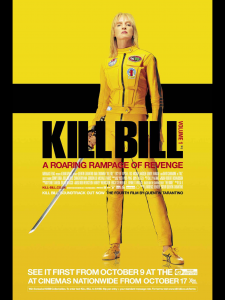 The quote that opens Quentin Tarantino’s fourth feature film, Kill Bill Vol. 1 is taken from Star Trek II: The Wrath of Khan (1982), which the director cites as one of his favourite films. Opening a two-part, martial arts filled, revenge tale with a quote from a beloved science fiction film is the first small indicator that Tarantino is about to make a heady diversion away from the indie style crime films that had formed his 3 film oeuvre at this point in his career. Reservoir Dogs, Pulp Fiction and Jackie Brown were cut from similar cloth, had similar themes and shared similar influences in terms of the works of directors whom Tarantino was inspired by. As I’ve discussed in the retrospective articles relating to each of those films, they’re steeped in film lore and the influence of countless filmmakers can be felt throughout. That said he very much carved his own niche and imbued those films with his own clearly defined style. In his sophomore film, Pulp Fiction he flirted with hyper-stylised characters, yet still managed to retain an air of realism. Whilst the Tarantinoverse in which these films are set has clear boundaries that can’t be broken and sets some well needed confines in which his characters can exist, with Kill Bill Vol.1 Tarantino makes a concerted effort to break those boundaries apart and burst the bubble of verisimilitude and in turn dial the stylised craziness all the way up to 11. After the incredibly measured and slower paced Jackie Brown, Kill Bill Vol.1 truly is Quentin Tarantino unleashed. The shackles of low budget independent filmmaking have been left to rust as he confidently strides into bold, fresh territory. Whilst gritty pulp crime novels would provide much of the influential material for his previous films, Kill Bill would be influenced by myriad sources that the director held dear, many of them far more trashy and low brow than the inspiration for the likes of Reservoir Dogs. Hong Kong action cinema, Japanese Anime, both traditional American and Spaghetti Westerns, Grind house, Film Noir, the many different styles of martial arts films of the ’70s and more would blend together in Kill Bill Vol. 1 & 2, sometimes seamlessly but occasionally with purposefully jarring transitions between the styles.
The quote that opens Quentin Tarantino’s fourth feature film, Kill Bill Vol. 1 is taken from Star Trek II: The Wrath of Khan (1982), which the director cites as one of his favourite films. Opening a two-part, martial arts filled, revenge tale with a quote from a beloved science fiction film is the first small indicator that Tarantino is about to make a heady diversion away from the indie style crime films that had formed his 3 film oeuvre at this point in his career. Reservoir Dogs, Pulp Fiction and Jackie Brown were cut from similar cloth, had similar themes and shared similar influences in terms of the works of directors whom Tarantino was inspired by. As I’ve discussed in the retrospective articles relating to each of those films, they’re steeped in film lore and the influence of countless filmmakers can be felt throughout. That said he very much carved his own niche and imbued those films with his own clearly defined style. In his sophomore film, Pulp Fiction he flirted with hyper-stylised characters, yet still managed to retain an air of realism. Whilst the Tarantinoverse in which these films are set has clear boundaries that can’t be broken and sets some well needed confines in which his characters can exist, with Kill Bill Vol.1 Tarantino makes a concerted effort to break those boundaries apart and burst the bubble of verisimilitude and in turn dial the stylised craziness all the way up to 11. After the incredibly measured and slower paced Jackie Brown, Kill Bill Vol.1 truly is Quentin Tarantino unleashed. The shackles of low budget independent filmmaking have been left to rust as he confidently strides into bold, fresh territory. Whilst gritty pulp crime novels would provide much of the influential material for his previous films, Kill Bill would be influenced by myriad sources that the director held dear, many of them far more trashy and low brow than the inspiration for the likes of Reservoir Dogs. Hong Kong action cinema, Japanese Anime, both traditional American and Spaghetti Westerns, Grind house, Film Noir, the many different styles of martial arts films of the ’70s and more would blend together in Kill Bill Vol. 1 & 2, sometimes seamlessly but occasionally with purposefully jarring transitions between the styles.
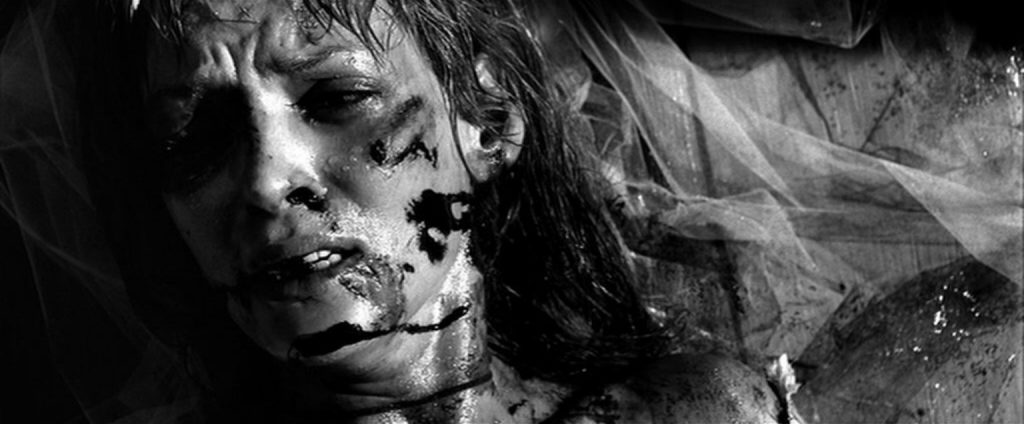
The idea for Kill Bill was borne during the filming of Pulp Fiction when Quentin Tarantino and Uma Thurman (the Q & U referred to in the credits) first came up with the idea, Thurman conceiving of the opening shot of a bloodied and beaten woman in a wedding gown. Thurman would play the eponymous female protagonist known only as The Bride, at least for the duration of this first film. For reasons that are never really made clear, Tarantino choses to beep out any mention of her true name of Beatrix Kiddo until Vol. 2. Fans may wonder why Tarantino chose to split his fourth film into two parts, effectively creating a fifth film. The original script was in development for over six years and was a meaty 220 pages long before the wholly justified decision was made to split the film into two halves. Whilst for the most part Tarantino had employed a fairly linear narrative in his previous film, Jackie Brown, both volumes of Kill Bill would return to the non-linear structure that had become a Tarantino trademark. The film opens with that first image Thurman had first conceived of with her character, the Bride, lying on the floor, bloodied, beaten and very much pregnant. We hear the voice of the man we would later discover to be her jilted lover Bill (David Carradine) standing over her before he puts a bullet in her skull. This disturbing opening soon segues to a time jump forward where a very much alive and (roundhouse) kicking Bride starts her long and brutal tale of revenge against the two men and three women, all highly adept killers, that murdered her husband to be, their small group of friends and left the Bride for dead and seemingly without her unborn child whom she assumed had also died.
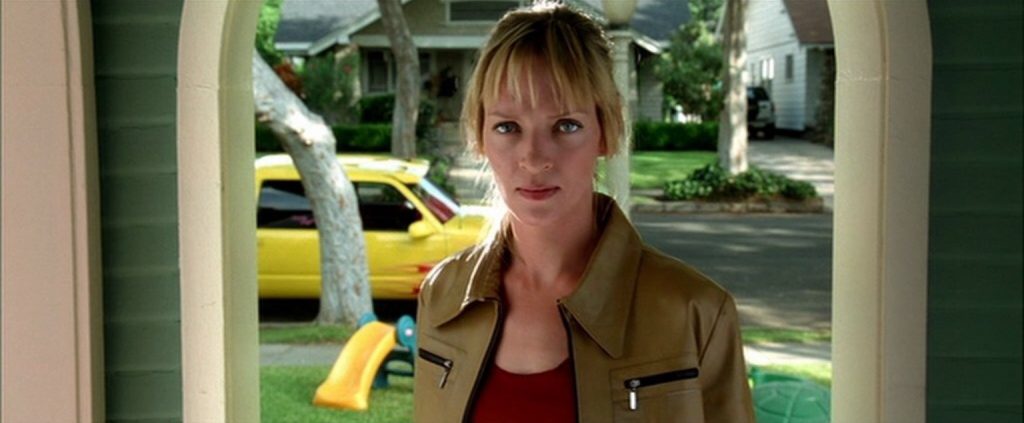
Following on from the prologue, the opening confrontation between Beatrix and the first name on her kill list, Vivica Fox’s Vernita Green in Green’s home of suburban bliss is brutal, satisfyingly lengthy and superbly choreographed but is also brought to an unexpected end as Green’s young daughter arrives home from school. Both women, not wanting the child involved put on a convincing enough act and after the child is sent to her room whilst “mommy and her friend” clean up, the two women instead decide to talk and it’s here that we get some well needed exposition as well as having the tension ramped up prior to the inevitable conclusion of their confrontation. Whilst Vol. 1 comes in at a lean 111 minutes compared to Vol. 2’s 137 minutes, it crams in a considerable amount of action and the vast majority of that action, mostly of the martial arts variety, is simply jaw dropping. Famed fight choreographer Yuen Woo-Ping, along with other masters of the trade such as sword fight choreographer Tetsuro Shimaguchi, would craft some of the most brutal and unrelenting fight scenes ever committed to celluloid. Credit to Thurman and the cast for the sheer breadth of physicality they bring to the film. This first half of this two film story contains the lions share of the carnage and, as a result is sparing with the character enriching moments and exposition.
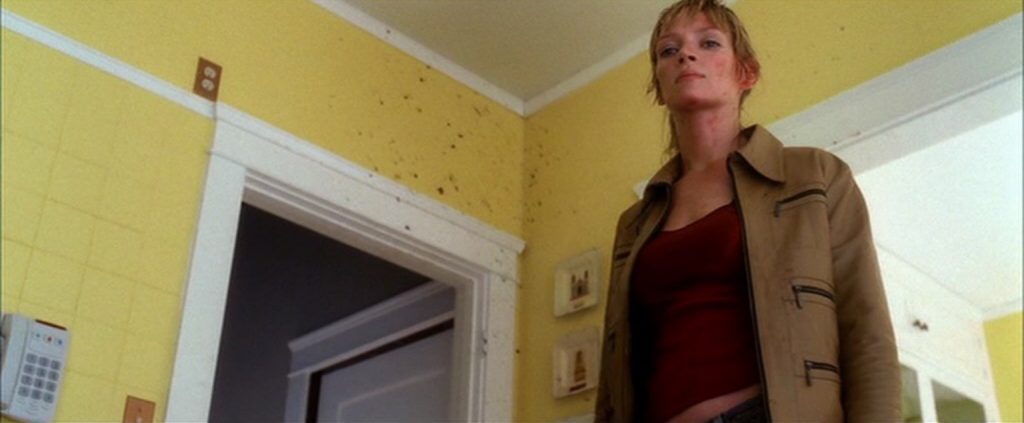
Unsurprisingly for a Tarantino film, the casting in Kill Bill is superb. Obviously being one half of the parentage of this bloody brain child, Uma Thurman takes centre stage but the acting talent that makes up The Deadly Viper Assassination Squad are perfectly suited to their often cartoonishly exaggerated characters with their stylised almost comic-book-esque dialogue. The Squad itself, of which The Bride was once a member is a callback to Uma Thurman’s character in Pulp Fiction who had starred in a failed pilot of a show about five female assassins, the similarly monikered Fox Force Five.
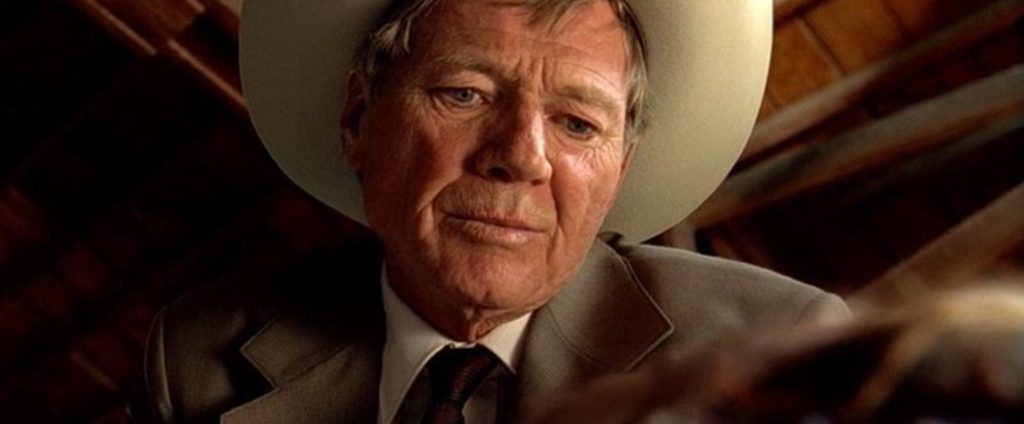
Aside from the main players Tarantino has assembled a superb supporting cast that includes Michael Bowen who had previously appeared in Jackie Brown; the late, great Michael Parks in two different roles, one here as the sheriff investigating the church massacre and another in Vol. 2; Julie Dreyfus as Sophie Fatale, one of the Bride’s targets not on her kill list but one on whom she exacts a brutal vengeance for her part in the massacre and Shin’ichi “Sonny” Chiba as master sword maker Hattori Hanzo. This isn’t the first time Chiba has appeared in a Tarantino film, of a sort. As much as he didn’t direct True Romance, Tarantino wrote the script and in the film our protagonist, Clarence Worley goes to a Sonny Chiba triple feature of his three 1974 films, The Street Fighter, Return of the Street Fighter and Sister Street Fighter and we briefly see Chiba on screen as the films play. Chiba, his films and those of his contemporaries are hugely influential factors in the genesis of Kill Bill Vol.1 and having Chiba feature in the film is a fitting piece of casting.
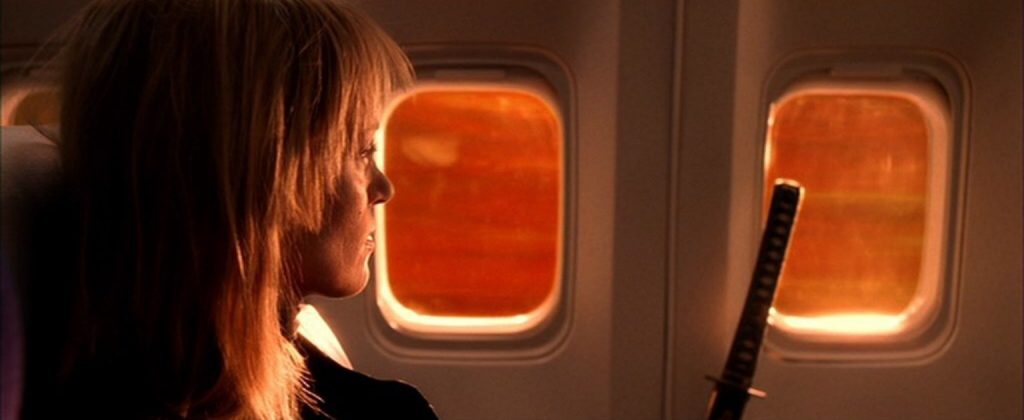
Quentin Tarantino has stated that he’s a fan of the wildly subversive Japanese high school kill-fest Battle Royale (2000). Chiaki Kuriyama, who played the diminutive yet deeply disturbed Takako Chigusa in Battle Royale, would also be cast in Kill Bill Vol. 1 as yet another diminutive looking but ultimately deadly schoolgirl, Gogo Yubari in the film’s epic battle where The Bride faces off against the Yakuza army loyal to the second name on her list, O-Ren Ishii played by Lucy Liu. O-Ren’s army, The Crazy 88 face off against The Bride in The House Of Blue Leaves. This epic battle took eight weeks to shoot and sees Thurman decked out in her iconic yellow and black suit, a clear homage to Bruce Lee’s unfinished swan song, Game Of Death. Part of the way into this brutal showdown the film switches to black and white. The purpose of this is twofold, firstly as an homage to ’70s and ’80s U.S. television airings of martial arts films where black and white was used to conceal excessive bloodshed from television censors. Originally the scene played out in full gory colour but the MPAA demanded that the scene be toned down. Tarantino ultimately used the old trick for both its intended purpose as a censorship tool as well as an homage.
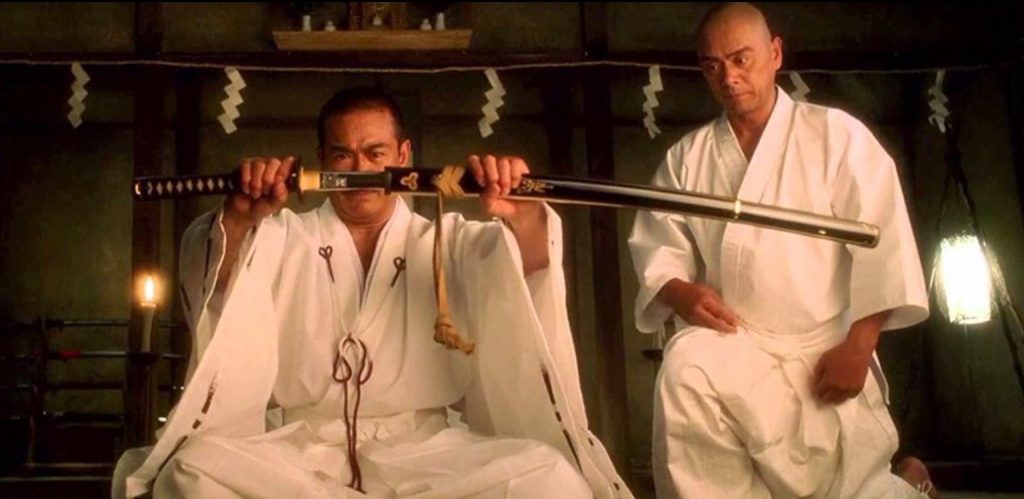
From a technical standpoint, stunning choreography aside, Kill Bill Vol. 1 is an audio/visual treat. Robert Richardson’s cinematography is superb, the scope image never being without some form of visual eye-candy. As ever Tarantino’s musical choices are inspired. What’s unique here is that most of the music has featured in previous films to which Tarantino is paying homage. The now iconic siren sound, heard as a precursor to the Bride unleashing her fury, is actually credited to Quincy Jones for his theme from the TV show Ironside but here is used as more of an homage to the Shaw Brothers’ 1972 kung-fu film, Five Fingers of Death (also known as King Boxer). The U.S. release of Five Fingers of Death uses the Ironside siren whenever its protagonist goes on a vengeful rampage and Tarantino uses it for the same purpose in Kill Bill. RZA provides the incidental music in the film and coupled with the director’s song choices, this is, on the whole another superb Tarantino soundtrack. Long time Tarantino collaborator, the late Sally Menke, returns on editing duties and once again proves that she truly is a master of her trade. The sharp and stylistic use of cuts is especially effective in the frenetically paced House Of Blue Leaves battle sequence and she carefully places brief pauses in the action to allow the audience to catch its breath before the carnage continues. Elsewhere the production and set design, costumes and oodles of gory make-up effects are exemplary and the film’s estimated $30 million budget is put to great use.
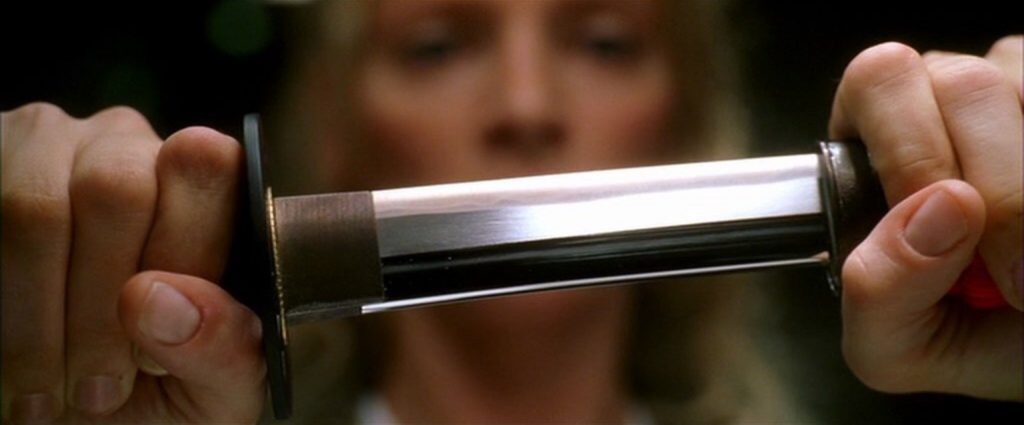
Kill Bill Vol.1 was a moderate financial success but didn’t garner the same level of critical praise as Tarantino’s previous films. Many critics, quite rightly at the time having not seen the complete saga, saw the film as a fairly vacuous exercise in style over substance and the most obvious criticism that can be levied at the film is that it is indeed very much a case of Tarantino paying homage to some of the more low brow genre films he loves. Some of the dialogue and delivery of such is at times painfully contrived and borders on cheesy but once you accept that this is wholly intentional on Tarantino’s part and part of the homage, you may see it as less of a flaw and more of a unique quirk of these two films. Make no bones about it, these are two very unique movies. Never before has such an epic tale consisted of such a well integrated mish-mash of styles. Kill Bill Vol. 1 won’t be to everyone’s liking. Truth be told it took me well over a decade to forgive Tarantino for such blatantly self gratifying self indulgence. He was making a film purely for himself based on his own tastes, a sort of “best of” compilation of various genres and if your ship sailed in the same direction as his then you were in for a treat. If you pined for more conventional fare and weren’t enamoured with Tarantino’s more out-there stylised form of filmmaking then chances are you didn’t and still won’t appreciate the film.
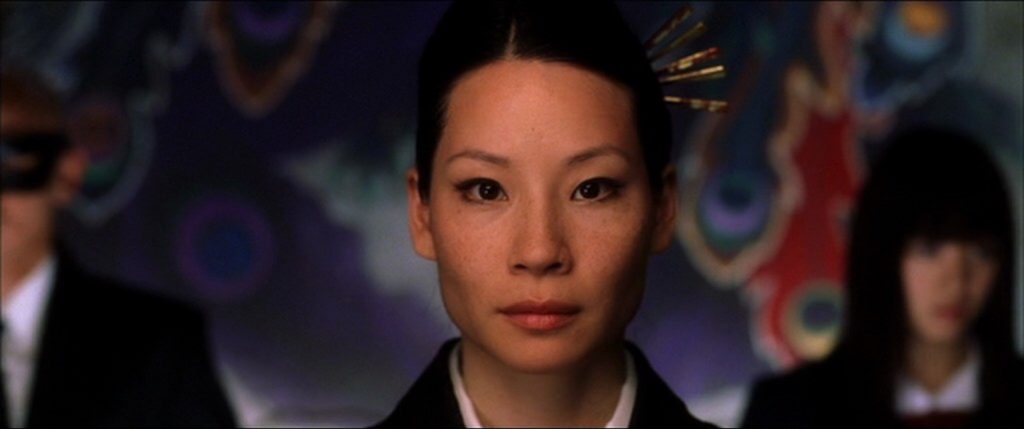
Should Kill Bill Vol. 1 be seen as a self contained film in its own right? I’d firmly argue against this. Of the two films the majority of the grandstanding action and iconic set pieces and imagery is contained in the first film but the payoff is a lack of significant plot, character depth and exposition that makes any dismissal of the second part of the story counterproductive to ones enjoyment of the whole bloody affair. To embrace Vol. 1 as the better film and dismiss Vol. 2 as a lesser one is to betray the very purpose of this epic tale of revenge. Endless killing and carnage is for nought if there isn’t a sufficient backstory through which to channel Beatrix’s vengeful motivation. By nature of his purposefully uneven distribution of action and exposition within the two films Tarantino creates both a potential flaw but also a fundamentally unique quirk to his story. We bare witness to the Bride’s furious explosion of rage fuelled revenge before we see much of her character’s motivation for doing so, which is to come in Volume 2.
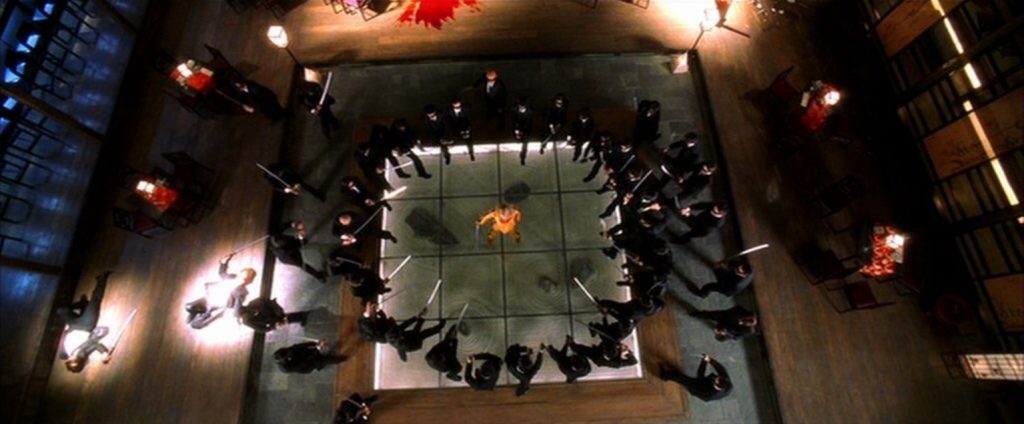
For straight action junkies Kill Bill Vol. 1 will provide a pure fix of over the top action, violence and general mayhem and to that particular audience Volume 1 may seem like the better film but given the reasons for separating the story into two you’re not getting the whole story without the second film. From a personal standpoint I find that whilst much of what’s memorable about the Kill Bill films is to be found in the first half, it also carries the majority of its flaws and when taken in isolation is a somewhat shallow and one dimensional film. Kill Bill Vol. 1 does push the boundaries of acceptable realism just a tad too far with it’s hyper-stylised tone, dialogue, performances and general execution. It certainly would have seemed that Tarantino needed reigning in a little were it not for the fact that hindsight proved that Volume 2 fills the gaps in character and plot that Volume 1 lacked so it goes back to the previous conundrum of whether these work better in isolation or as a bigger film split into easier to digest segments.
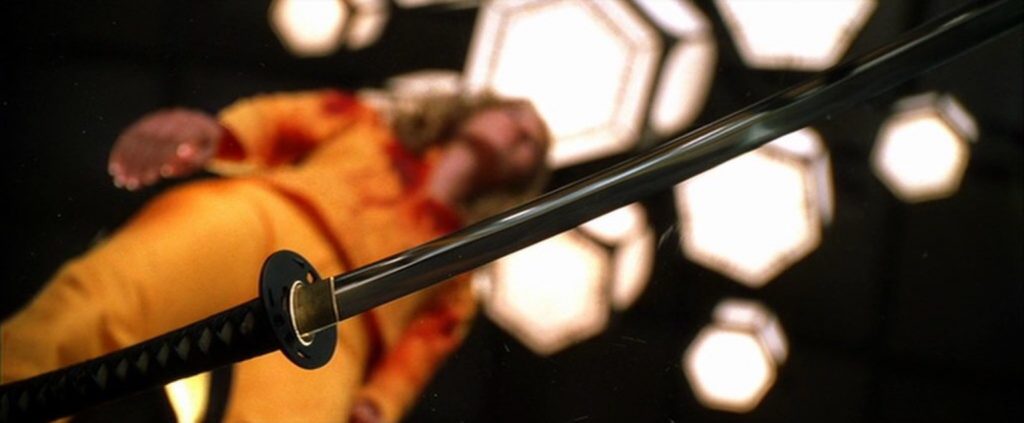
When taken as a whole Volume 1’s flaws are compensated for by what Volume 2 brings to the table and vice versa. This first half of the story features some insane and frankly unforgettable action and whilst it overloads some of the more ridiculous elements and isn’t to be taken entirely seriously it’s still a damn fine piece of precision crafted entertainment. Discovering all the various little nods and homages is but one facet of the film that gives it significant rewatch value. Whilst for me the film only truly works when seen as the first half of a greater whole and sometimes gets a little too much blind kudos by those oblivious to its flaws as a standalone film. That said, it’s still a very unique and loving celebration of some niche genres that many cinephiles are often too quick to dismiss. Kill Bill Vol. 1, following my initial borderline disdain for it back in 2003, does get better with age and when taken in context of the combined might of both films is a great piece of popcorn entertainment the likes of which only a man as bold and passionate about film as Quentin Tarantino can make.
Film ’89 Verdict – 8/10

